Known for their iconic minimalist design, remarkable craftsmanship, and unparalleled functionality, Scandinavian sofas undoubtedly stand as a lasting symbol of modern, practical elegance. These versatile pieces effortlessly fuse style with function, bringing a uniquely Nordic sense of aesthetic charm into any space. In this exploration, we delve deeper into the world of Scandinavian sofas, discovering not only their history and evolution but also understanding the considerations to make when choosing your very own piece. From defining characteristics to market guide and maintenance tips, get ready to immerse yourself into everything you need to know about Scandinavian sofas.
What is a Scandinavian Sofa?
Understanding Scandinavian Sofa Design
Commonly referred to as Nordic design, Scandinavian design is a trend that prioritizes functionality, simplicity, and minimalism. A Scandinavian sofa, then, is a sofa designed under these principles, whose design roots dates back to the 1950s, when Scandinavian design principles first gained widespread popularity.
Functionality and Comfort in Scandinavian Sofas
Functionality is another significant attribute of the Scandinavian sofa. Despite the incorporation of a minimalist design, these sofas are built to offer ultimate functionality and comfort. Many Scandinavian sofas come with detachable cushions that can be rearranged based on user preference, offering enhanced customization and comfort.

While striving for functionality in design, Scandinavian furniture creators do not compromise on comfort. Scandinavian sofas often feature deep seats, plush cushioning, and high backs – perfect for lounging or long conversations.
Natural Materials in Scandinavian Sofas
In terms of material, Scandinavian sofas primarily use natural and sustainable materials. Wood, the cornerstone of Scandinavian furniture design, is the major material that’s used in these sofas. However, unlike many types of furniture that hide the wood beneath surface material, Scandinavian sofas often showcase the wood frame – the structure itself becomes part of the design aesthetic.
Yet another aspect to the use of natural materials is the fabric used in upholstery. Cotton, linen, and leather, all natural materials, are widely used to cover Scandinavian sofas. These materials not only align with the sustainable and natural ethos of Scandinavian design but also add to the comfort and aesthetic appeal of these sofas.
Colors and Styles of Scandinavian Sofas
Scandinavian sofas generally lean towards neutral and subdued color palettes, closely adhering to the minimalist ethos. Whites, grays, and other muted tones dominate the color palette. The neutral colors make these sofas versatile, allowing them to seamlessly blend with various interior décors and themes.
Talking about style, modern and contemporary styles define Scandinavian sofas, in line with their minimalist and functionality driven design. Nevertheless, these sofas can suit almost any setting due to their timeless design and universal appeal. Many people even pair these sofas with eclectic, bohemian, or mid-century designs, showcasing their versatile nature.
Scandinavian sofas are renowned for their impeccable fusion of style, comfort, purpose, and sustainability. Despite adhering to a minimalist design philosophy, these pieces of furniture do not compromise on the relaxation factor, making them a wise investment for those who prioritize quality and durability in their furniture choices.
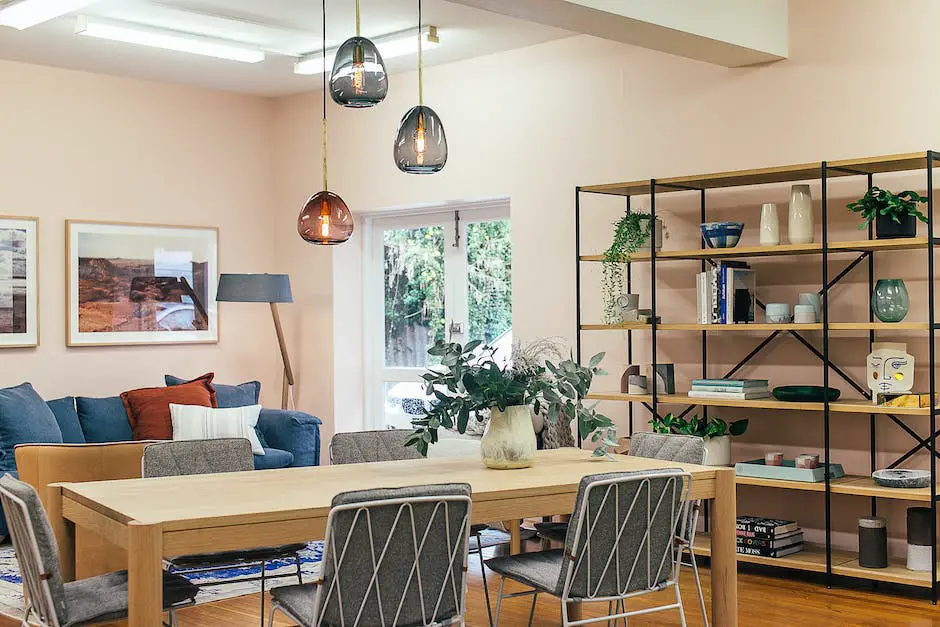
History and Evolution of Scandinavian Sofas
The Birth of Scandinavian Sofas
The beginning of Scandinavian design can be traced back to the 1930s in the Nordic nations comprising Denmark, Finland, Iceland, Norway, and Sweden. Due to the harsh weather conditions in these regions, individuals tended to spend a significant portion of time indoors, resulting in a heightened focus on their interior spaces. In a pursuit of practicality, simplicity, and cost-effectiveness, they curated sofas that quickly gained international traction due to their minimalist, plush, and aesthetically pleasing attributes.
Evolution and Key Characteristics
The Scandinavian sofa design has evolved significantly over the years, impacted by social changes and technological innovations. However, it has always maintained some distinct aspects that form its essence. It primarily emphasizes functionality, ensuring comfort and durability above all else. They often feature clean lines and organic forms that flow smoothly, providing visual interest without excessive ornamentation. Natural, light-colored wood like pine, ash and beech are the most common materials used, representing the core love for natural textures in Scandinavian design.
Influence of Key Nordic Designers
Numerous Nordic designers have made significant contributions to the development and popularity of the Scandinavian sofa style. Famous figures like Arne Jacobsen, Hans Wegner, and Yngve Ekström brought about fresh, innovative changes. Jacobsen’s ‘The Swan’ and Wegner’s ‘The Wishbone Chair’ are iconic examples of Scandinavian design, which, though originally designed as chairs, massively influenced sofa design in terms of form and functionality.
Popularity in Modern Times
The Scandinavian sofa became immensely popular around the world due to its unique blend of functionality and style. These sofas, known for their high quality, cozy comfort, and chic modern look, perfectly suit the modern lifestyle that favors open floor plans and multifunctional spaces. Furthermore, the sustainable design practice that many Scandinavian sofa manufacturers follow also appeals to the environmentally conscious consumers of today.

Iconic Sofa Models
Over the decades, various Scandinavian sofa models have become globally recognized for their design. For instance, the Poäng armchair designed by Japanese designer Noboru Nakamura and IKEA’s founder Ingvar Kamprad in 1972 is one of the best-selling Scandinavian sofas, still in production today. Its enduring popularity lies in its generational appeal, affordability, and commitment to comfort. Finn Juhl’s 1941 Poet Sofa and Hans Wegner’s 1950 Plank Sofa are other notable examples that set design trends in their time.
Modern Scandinavian Sofas
In the contemporary landscape of design, Scandinavian sofas embody their characteristic philosophy of blending attractiveness with practicality. The evolution of this style has been significantly swayed by urban living, steering it towards compact and versatile designs. Yet, the inherently Nordic appreciation for nature continues to form a salient aspect of its identity, established through the usage of sustainable materials and the incorporation of natural colors. This successful fusion has led to the development of sofas that are not just purposeful but also visually delightful, making them a preeminent choice in numerous households worldwide.
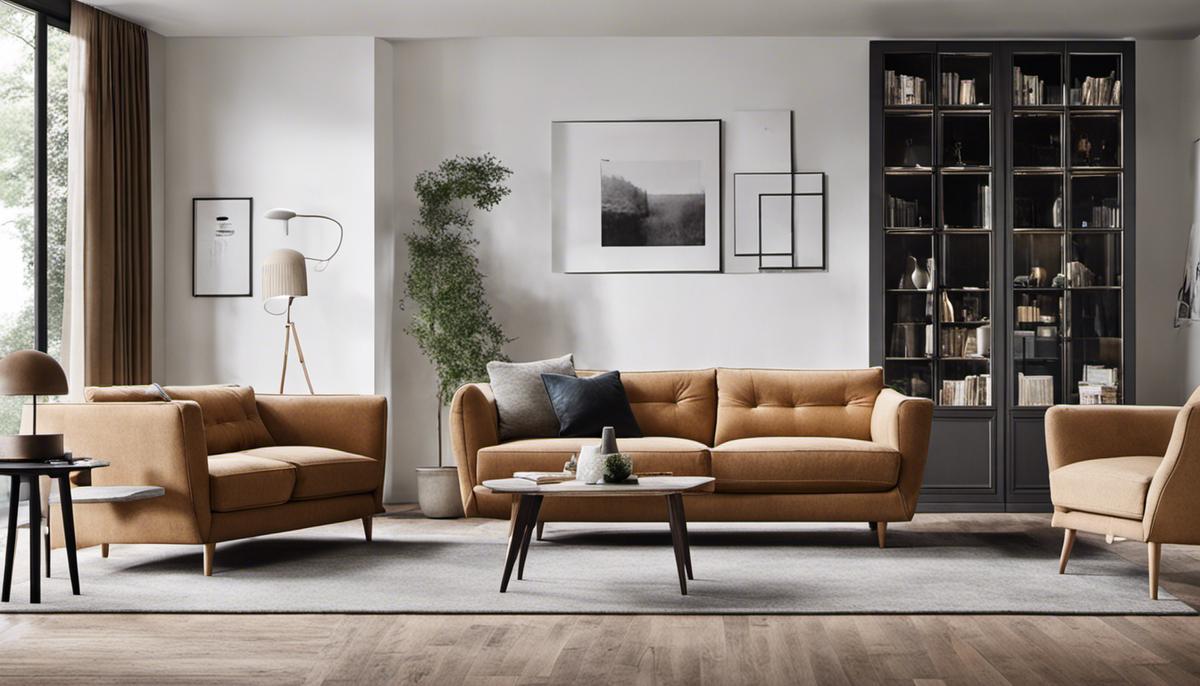
Choosing a Scandinavian Sofa: Factors to Consider
The Hallmarks of Scandinavian Design
If you are considering investing in a Scandinavian sofa, it’s important to comprehend the distinguishing features of this design. Tracing its roots to the Nordic countries in the 1950s, the Scandinavian design epitomizes simplicity, effectiveness, and natural allure. Each aspect of a Scandinavian-style interior is meticulously selected to serve a practical purpose while also enhancing the aesthetic appeal. The design leans towards sleek lines, minimalist ornamentation, and a harmonious fusion of organic and synthetic materials.
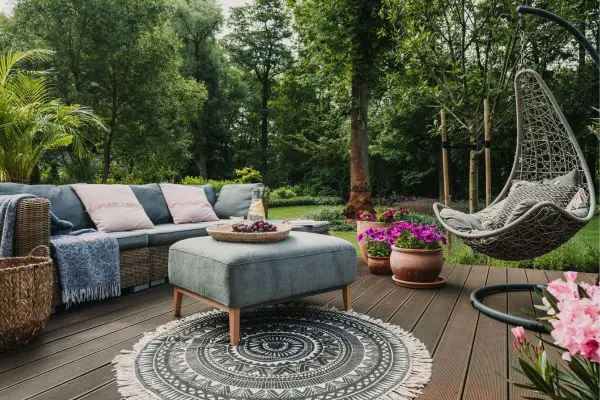
Choosing the Right Size
When picking your Scandinavian sofa, the first vital consideration is size. Scandinavian design promotes the principle of “hygge,” a Danish word that translates roughly to “comfort” or “coziness.” Hygge extends to spaces feeling comfortable and not overly filled. Therefore, your sofa should fit your space conveniently without crowding it. Measure your space accurately before making a purchase. Besides, consider the dimensions of doorways, staircases, and other entry points to ensure your new sofa can be easily moved into your home.

Materials and Craftsmanship
Quality and sustainability are key features of Scandinavian design. Look for a sofa crafted with top-notch materials and skilled craftsmanship. The frame should be sturdy, often made of solid wood. Upholstery materials range from durable fabrics to beautiful natural leathers. Cushions should be comfortable, firm and keep their shape over time.
Color Considerations
Scandinavian design values a subdued, neutral color palette. Shades of white, gray, black, and brown are often used, resulting in a clean and tranquil look. However, pops of color are not uncommon. While picking your Scandinavian sofa, you could go for a safe neutral color or pick something bright as a centerpiece. The choice depends on your personal preference and the existing color scheme in your room.
Blending with Other Interior Elements
The beauty of Scandinavian design lies in its harmony with other interior elements. Your sofa should not dominate the room but rather blend in seamlessly. A Scandinavian sofa pairs well with natural elements like wood and stone, while also complementing modern materials like glass and metal.

Maintenance and Durability
When buying a Scandinavian sofa, consider the maintenance it would require to keep it in good condition. Fabric upholstered sofas may require regular vacuuming and occasional dry-cleaning, while leather options might require specific cleaning products. Additionally, consider its durability in terms of the potential wear and tear from kids, pets, or frequent use.
When it comes to choosing a piece of furniture like a Scandinavian sofa, it is critical to delve deep into the details. By doing so, you are ensuring that your selection not just encapsulates the essence of Scandinavian design, but also provides long-term functionality in your space. Investing in a Scandinavian sofa has significant implications, both financial and aesthetic, as it plays a pivotal role in setting your living room’s overall tone or wherever it finds its home.
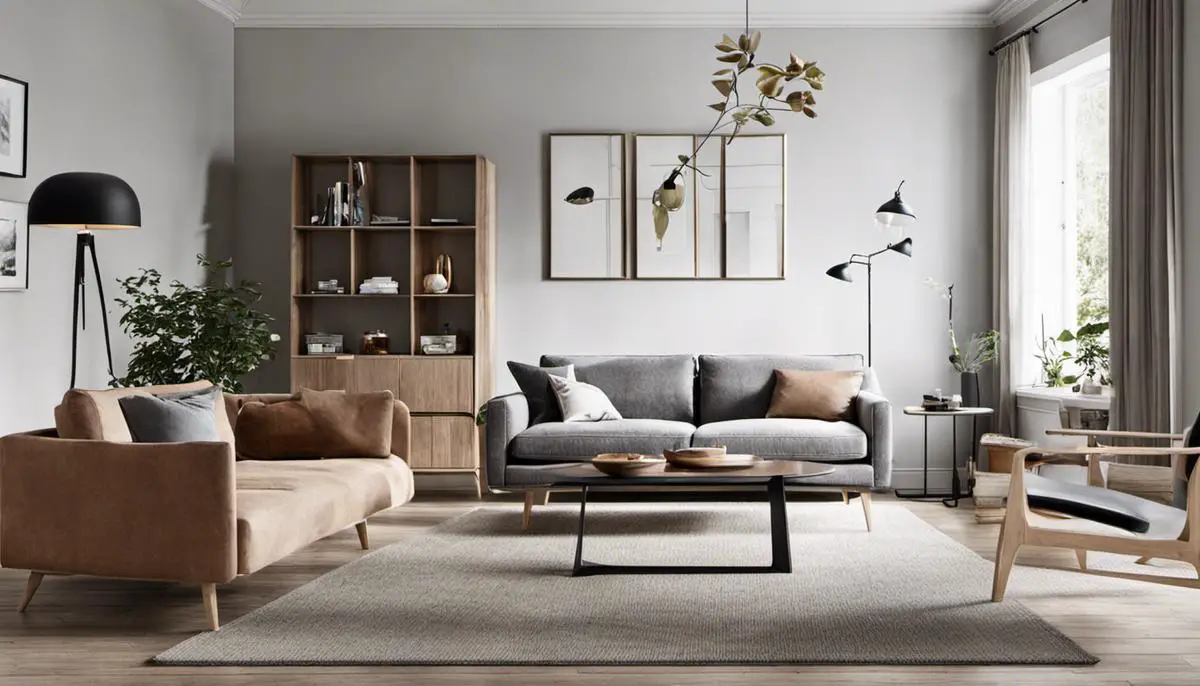
Market Guide: Where to Buy Scandinavian Sofas
Exploring Scandinavian Sofas Online
As we navigate through the digital age, the panorama of furniture shopping has seen a drastic evolution, offering a plethora of choices for those who seek a Scandinavian sofa. Purchasing online presents the benefit of an extensive catalogue, often affordable due to minimal overhead costs. In addition, online shoppers may stumble upon deals or discounts that brick-and-mortar stores might not offer. Renowned online retailers, including Article, IKEA, and AllModern, specialize in selling Scandinavian sofas.
Launched in Sweden, the globally acknowledged IKEA provides a vast selection of budget-friendly Scandinavian sofas. Their products embody the simplicity and efficiency synonymous with Scandinavian design and are available in various sizes, colors, and materials to satisfy diverse tastes. On the other hand, AllModern caters to those who lean towards a sophisticated range of Scandinavian sofas with a modern twist. Article, another premium online furniture retailer, focuses on durable, expertly crafted Scandinavian sofas. Though their offerings carry a steeper price tag, their robust focus on quality justifies the cost.
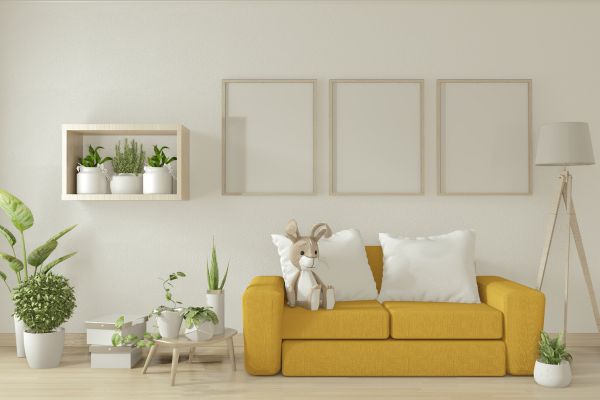
Buying Scandinavian Sofas In-store
For those preferring to view and test a sofa before purchasing, there are plenty of retailers that offer Scandinavian-style furniture in-store. Some of the major retailers include Crate & Barrel, West Elm, and Scandinavian Designs.
Scandinavian Designs is a retailer that, as the name implies, specializes in Scandinavian furniture. The company offers a wide range of Scandinavian sofas with a modern, minimalist aesthetic. West Elm and Crate & Barrel are American companies that stock a variety of furniture styles, with Scandinavian being frequently represented. These retailers tend to offer more high-end, quality items, hence they might be a bit pricier than others.
Popular Brands and Offerings
When shopping for a Scandinavian sofa, there are several popular brands to consider. Svensson, Carl Hansen & Søn, and Søren Lund are some of the top Scandinavian brands known for their high-quality craftsmanship and authentic Scandinavian design.
Svensson offers a variety of sofas that capture the essence of Scandinavian design with their minimalist forms and functionality. Carl Hansen & Søn is well-known for its timeless designs, embodying the beauty and simplicity associated with Scandinavian style. On the more luxurious end, Søren Lund offers premium sofas that merge contemporary design with traditional craftsmanship.
Regardless of the retailer or brand you choose, remember that Scandinavian design places heavy emphasis on simplicity, minimalism, and functionality. Whether you opt for a sleek leather sofa or a cozy fabric one, the key is to select a piece that reflects these design principles while fitting seamlessly into your living space.
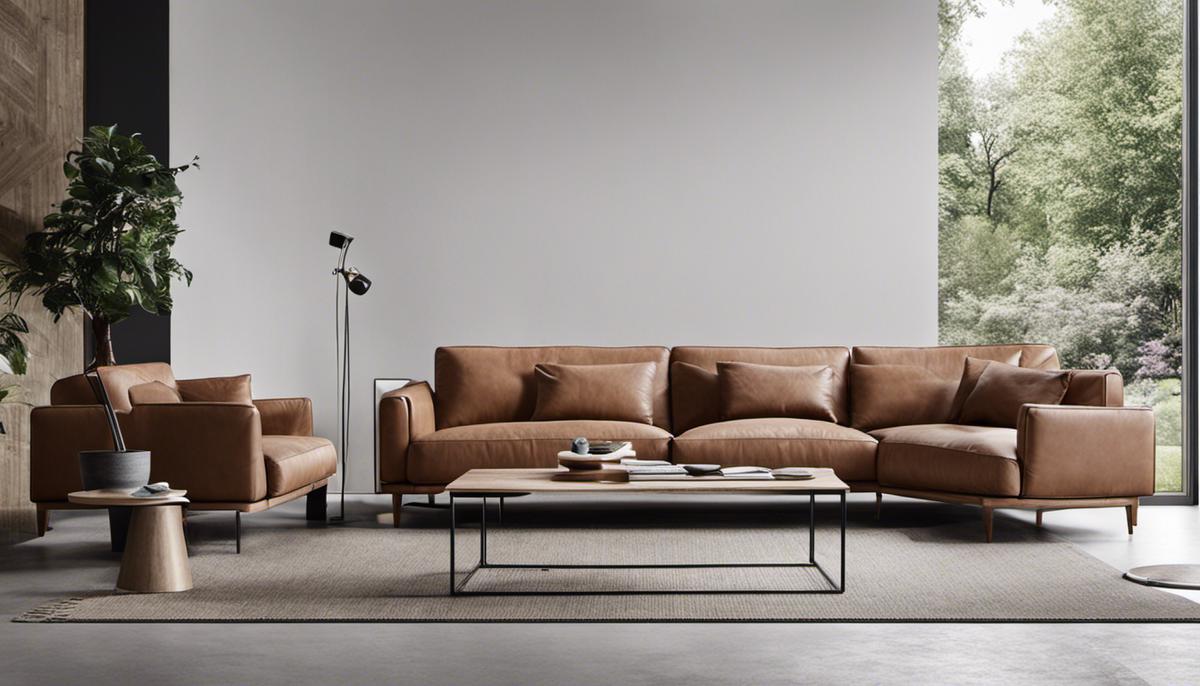
As we wind up this enlightening journey into the world of Scandinavian sofas, it’s clear that their enduring appeal lies in much more than just aesthetic beauty. It’s about creating purposeful, comfortable spaces that bring joy and functionality to everyday life. The Scandinavian sofa epitomizes this philosophy. Understanding the history, key elements to consider when purchasing and where to buy provides a comprehensive knowledge base for anyone interested in owning such a timeless piece. So, whether you’re in pursuit of clean, modern lines, natural materials, or cohesively styled interior, a Scandinavian sofa is a wonderful place to start.


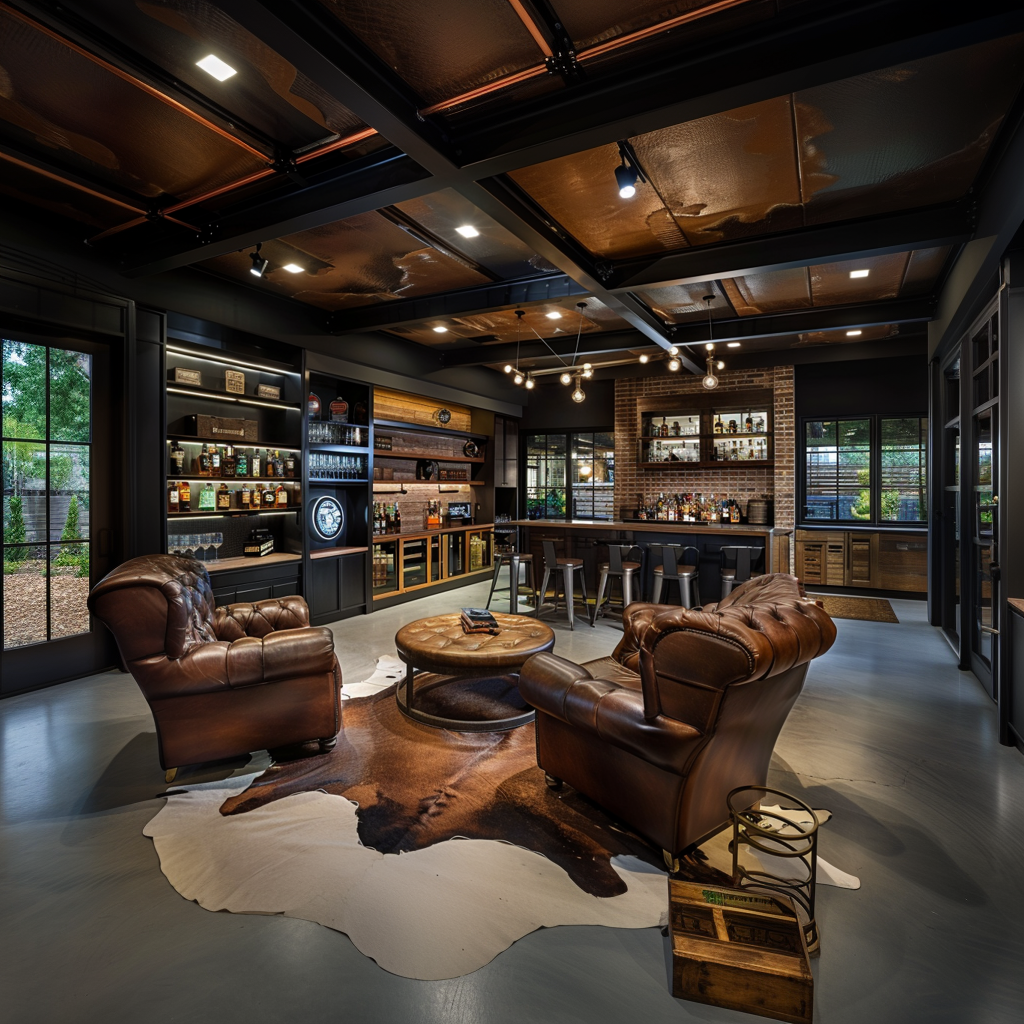
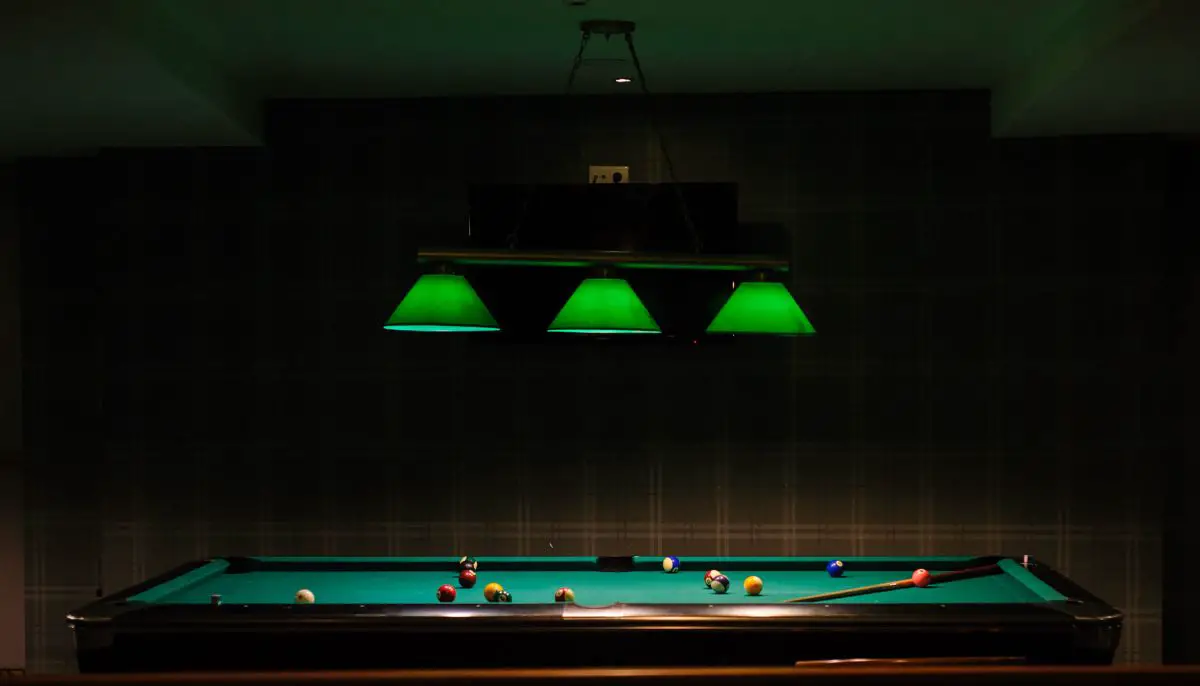
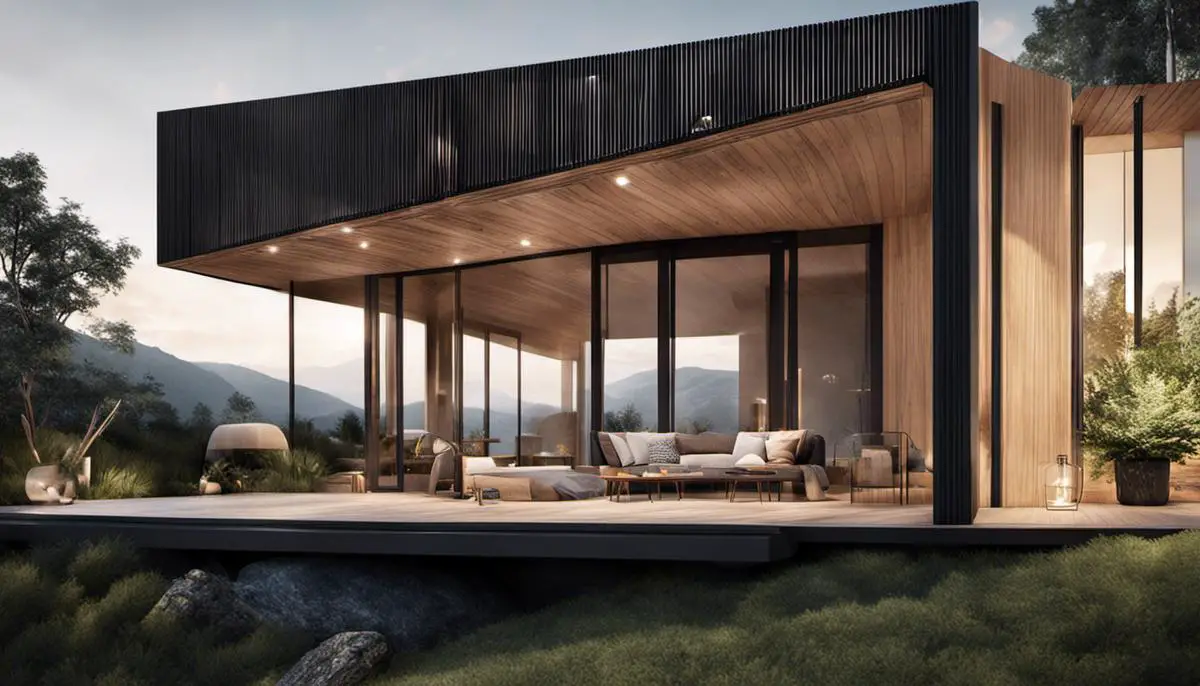

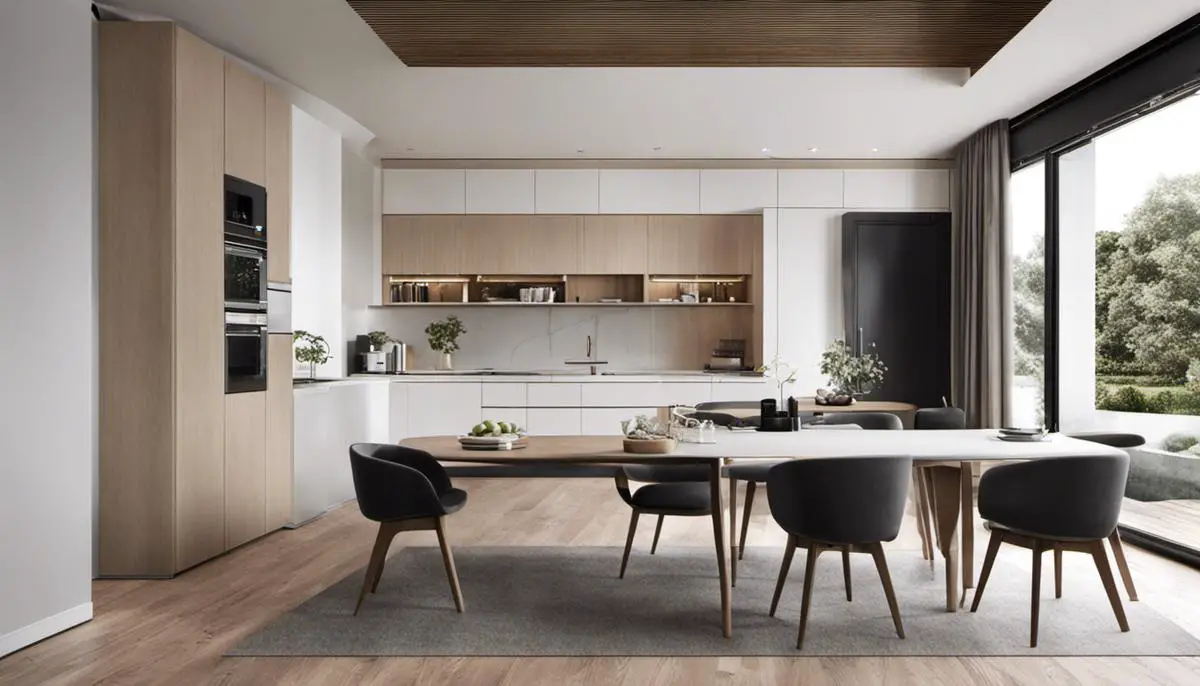
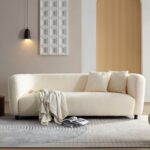

Leave a Reply